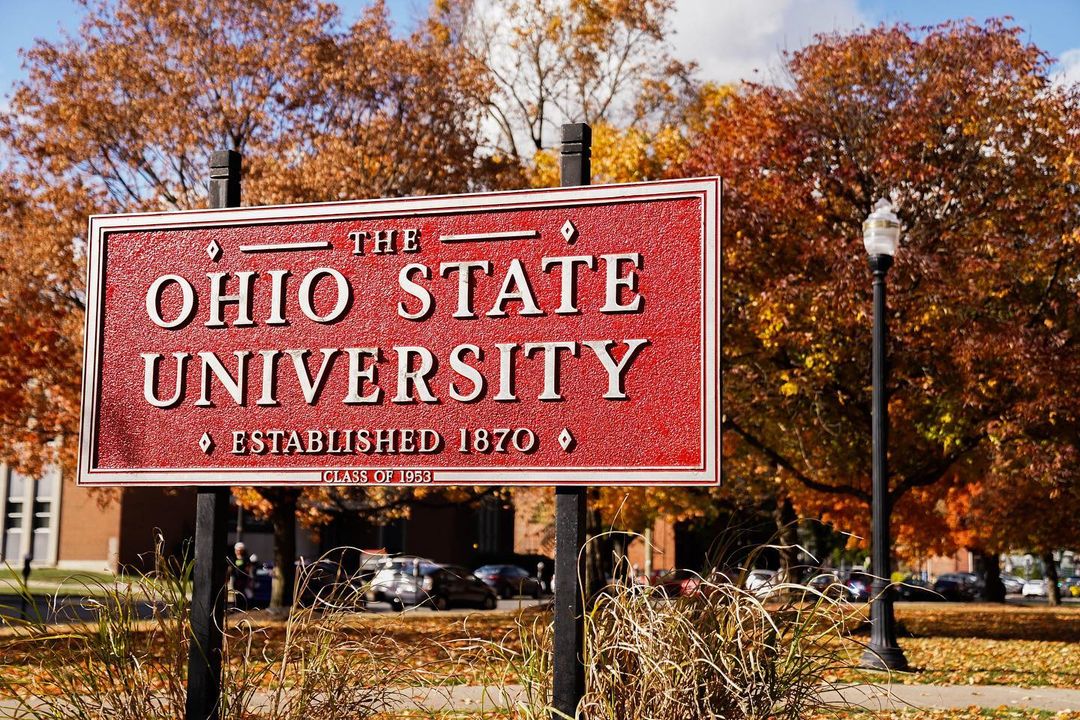Central Ohio’s First Proton Therapy Center Opens, Aiming to Treat Children and Adults
Nationwide Children’s Hospital and The Ohio State University Comprehensive Cancer Center – Arthur G. James Cancer Hospital and Richard J. Solove Research Institute (OSUCCC – James) celebrated the opening Dec. 20 of a $100 million, 55,000-square-foot proton therapy center, the first treatment facility in central Ohio offering this highly targeted form of radiation therapy for treatment of complex tumors that cannot be removed through surgery.
“Proton therapy is the perfect example of personalized care in cancer. You can target the proton beam in a highly specific way that results in virtually no damage to the surrounding healthy tissues,” said Arnab Chakravarti, MD, director of the proton therapy center and chair of the Department of Radiation Oncology at OSUCCC – James. “This technology has the potential to literally improve the health and well-being of millions of people across Ohio and beyond.”
Located on Ohio State’s west campus at 2121 Kenny Road, the proton therapy center offers comprehensive radiation oncology treatment options for both adult and pediatric patients at a single location.
“This is a significant day, especially for our patients and their families,” said Timothy Cripe, MD, PhD, chief of the Division of Hematology, Oncology and Bone Marrow Transplantation at Nationwide Children’s. “Having this resource right here in Columbus makes vital treatment more accessible for those who need it and allows families to stay here in Columbus throughout their entire treatment. With the opening of this facility, it is thrilling to get a glimpse into what is now possible in the realm of cancer treatment for children, and we look forward to continuing our work to improve the quality of life for all our patients.”
What is proton therapy
Proton therapy is an advanced type of radiation treatment that uses protons (positively charged particles) instead of X-rays to destroy cancer cells. It minimizes the damage to surrounding healthy cells, a common side effect of traditional radiation like X-rays. The therapy can be used alone or in combination with other therapies to treat brain cancer, lymphoma, retinoblastomas and sarcomas in children, and several localized cancers including prostate, brain, head and neck, lung, spine and gastrointestinal in adults.
Research potential through ‘FLASH’ proton therapy
Scientists will be able to conduct important research on a high-dose proton therapy known as FLASH that can target treatment to a pinpoint and deliver it in a 10th of a second. Ohio State is one of just a handful of institutions in the world poised to conduct translational research in this form of proton therapy.
Preclinical data suggests this proton therapy could reduce what would normally be 30 days of treatment to a single dose, delivered in less than a second. It is estimated that this form of proton therapy is still five to 10 years from approved use in patients, making the research investigating FLASH protons so important.
“If we can shorten that treatment course from what would have been six to eight weeks to a single day, care becomes far more accessible, especially for underserved populations,” said Chakravarti. “Bringing this important technology to central Ohio demonstrates our institution’s commitment to creating a cancer-free world.”
Proton therapy is considered a game-changer in pediatric cancer care, adds Cripe, who treats children with cancer at Nationwide Children’s. The size and physiology of pediatric patients can make traditional radiation more difficult to administer without damaging surrounding tissues, which can lead to long-term side effects.
“Proton therapy is a promising cancer treatment for kids and critical for many of our patients,” he said. “Imagine a child’s cancer is eliminated with proton therapy, and they can go to on to live 70 more healthy, normal years without most of the radiation-related long-term side effects of cancer treatment in childhood.”
Building a complex team to deliver complex disease treatment
The proton therapy center is staffed by a team of physicians, medical physicists, engineers, IT specialists, artificial intelligence (AI) and machine-learning experts, radiation biologists and cancer biologists who are committed to achieving the best possible outcomes for patients.
It is equipped with the Varian ProBeam 360° treatment system. This is the first treatment center in the United States specifically built with a dual-capability system that can deliver both conventional proton therapy and research-level FLASH to both adults and children. Varian is testing the FLASH system in pre-clinical models, and FLASH is not yet approved by the U.S. Food and Drug Administration.
“The story of proton therapy is still being written, and we are writing it here in central Ohio,” said Chakravarti.
The center’s first proton therapy treatment was delivered to an adult woman with a skull based chondrosarcoma in mid-December 2023.

